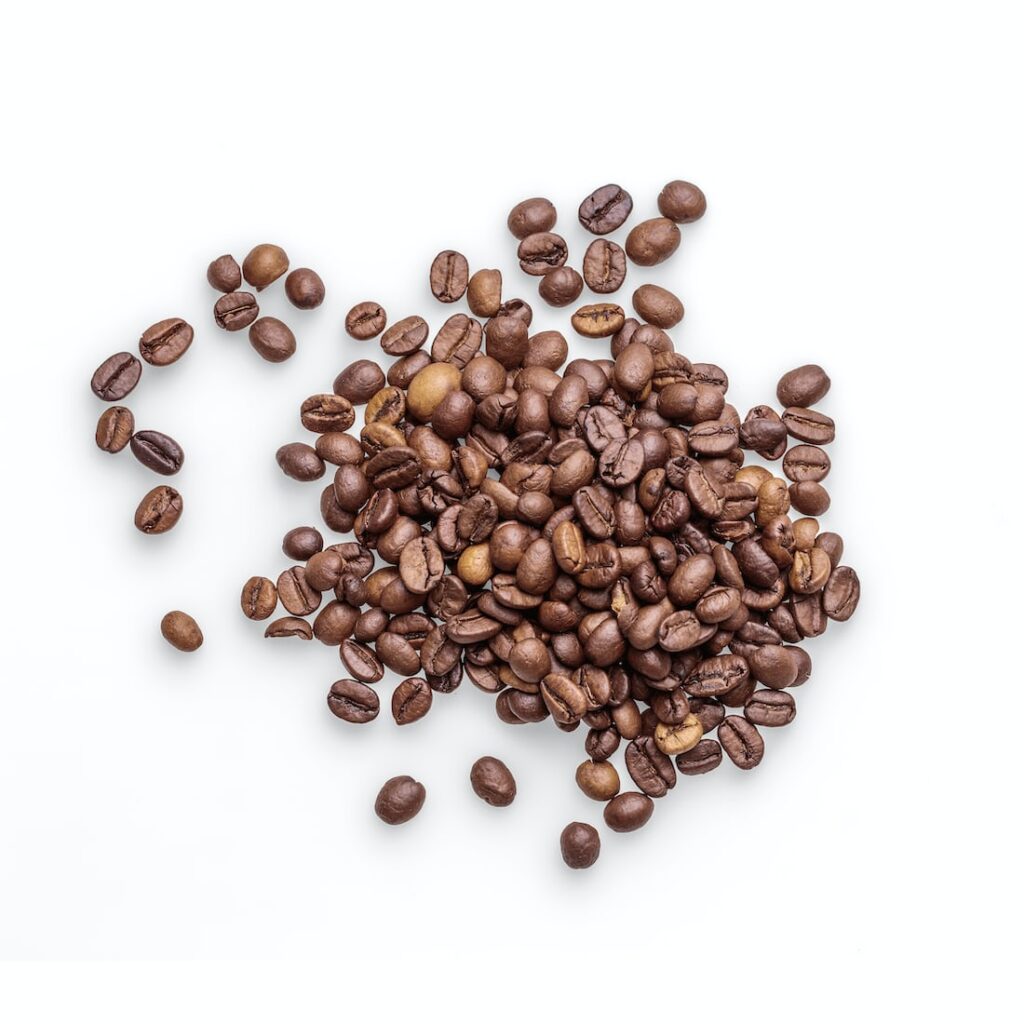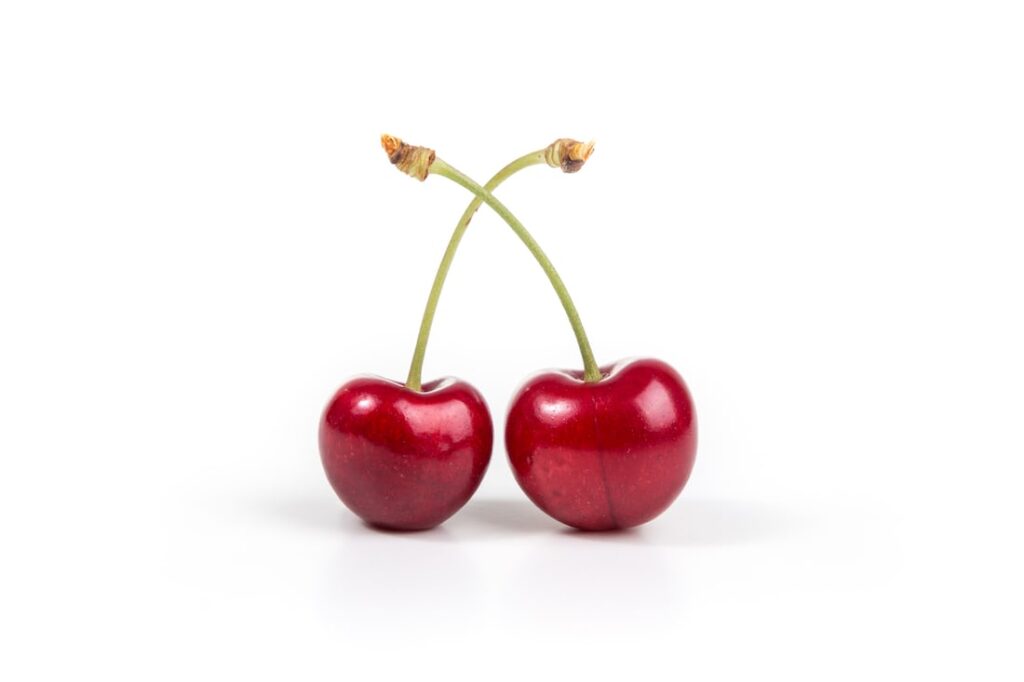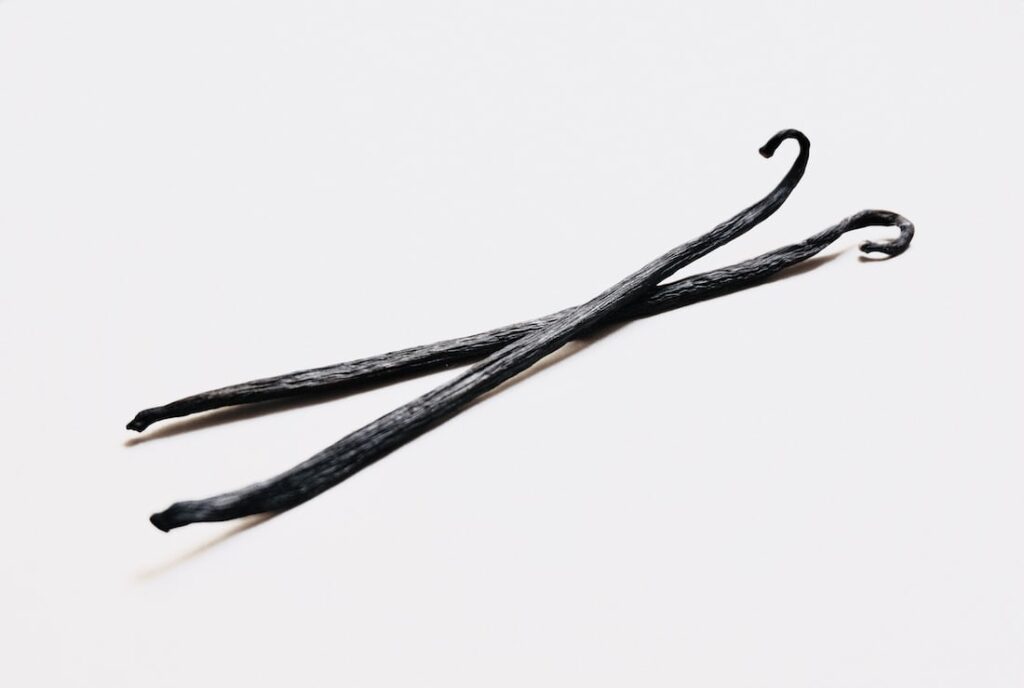
If you’re still new to drinking wine and learning about it, you may think it’s ludicrous that a drink made of grapes can smell like any other fruit, or even crazier that it can have flavours of wood, vegetables, herbs and sometimes even flowers… Generally, wine has three layers of aroma, and therefore three layers of flavour. The aroma of a wine is influenced by various factors such as the grape, the wine making process, the soil, and storage container used during fermentation. Theres three types of wine aromas;
- Primary aromas which come from the grape variety itself and depend on climate and fermentation process.
- Secondary aromas which come from the winemaking process.
- Tertiary aromas which develop as the wine ages.
Primary wine aromas
It’s the first smell you notice and the first flavour on your tastebuds. Since wine is generally made with grapes, every wine will exhibit at least one primary aroma/characteristic. Most primary notes are usually fruity as a result of the source of the wine being a fruit. For white wine, aromas of white fruits are common, and for red wine red and black fruit will be common.

Primary aromas can also be herbal as a result of the fact that grapes grow on a vine plant. Additionally, floral notes are also a popular primary category (i.e. rose, violet honeysuckle).
Lastly, as the vine grows from the earth/soil, one may pick up earthy qualities like soil and wet leaves– depending on the soil type.
Secondary wine aroma
Secondary flavours are a result of the wine making/fermentation process, largely influenced by whether the wine was stored in steel tanks or oak barrels. The type of oak, the length of time the wine spends in a barrel, the size and age of the barrel influence how intense the aromas will be (for example- the smaller the barrel the more intense the aroma).

The wood can influence both the flavour and aroma of the wine, which could be buttery, nutty, spicey, toasty, vanilla, cedar, and other woody influences.
Tertiary wine aromas
As the wine ages, the primary aromas become subtle while tertiary notes develop and become more prominent. Tertiary characteristics come about as a result of wine maturation (ageing from barrels and extended bottle aging). This is the stage where the word bouquet rather than aroma comes into play. Remember, wine aroma comes from the grape whereas a wine bouquet results from the winemaking process of fermentation and aging. And not all wines reach this stage, as some wines are consumed young.
Bottle aged white wine present spices, nuts and hints of honey notes, while red wine often has tobacco, leather, earthy aromas, or those reminiscent of a forest floor.

Quite a lot to take in isn’t it? But this should make you realize just how amazing the world of wine really is.
Remember; good manners and good wine are timeless. Cheers to a life well-lived,








































































































Leave a Reply